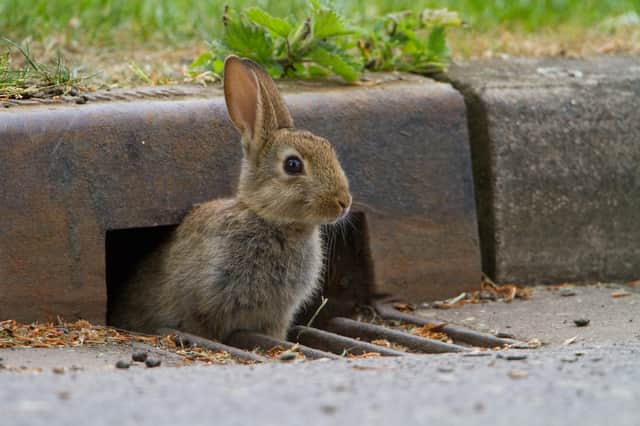Derbyshire people are encouraged to record sightings or signs of wild mammals for People's Trust For Endangered Species' annual survey


The annual ‘Living with Mammals’ survey records how wildlife such as badgers, bats, water voles and weasels are faring in all corners of the country.
Run by wildlife charity People’s Trust for Endangered Species (PTES), the citizen science project is building a long-term picture of the ‘green health’ of these spaces, which can be a refuge from pressures in the wider countryside for many species, including hedgehogs.
Advertisement
Hide AdAdvertisement
Hide AdVolunteers simply need to record sightings of any wild mammal (or the signs they leave behind such as footprints or droppings) each week online. Even if it’s just a grey squirrel that visits, every record is valuable.
You don’t have to be a wildlife expert to take part in the survey. PTES offers free advice online to help volunteers identify species and recognise tell-tale signs.
David Wembridge, mammal surveys coordinator at PTES said: ‘’Recording which mammals you see is vital to conservation. Living with Mammals has been running for over 20 years and with the long-term dataset we have so far, we’re building a nationwide picture of where different species are living and how their numbers are changing. We’re lucky to have so many volunteers that take part every year, but more help is always needed. If you can spare some time each week, we hope you’ll join us in trying to help save as many of our much-loved species as possible.”
Since Living with Mammals began in 2002 thousands of dedicated volunteers have surveyed almost six thousand sites (5,571) across the UK, and have submitted more than a third of a million sightings or signs of wild mammals to PTES. This includes some of the UK’s most well-known mammals such as hedgehogs, foxes, grey squirrels, and bats, but also some of the less-common mammals such as otters and pine martens.
Advertisement
Hide AdAdvertisement
Hide AdLast year rabbits were only recorded at one in ten sites, a third of the number being seen when the survey first began. In contrast, bats were reported at a larger number of sites than seen in the past five years, and hedgehogs had their best year yet.
David adds: “People might be surprised to learn that wild rabbits – a species we think of as commonplace – are declining. Pinpointing a specific cause of this decline is tricky though and we need volunteers’ help to monitor the situation so conservationists can understand exactly what’s going on, and help.”
“The outlook for hedgehogs looks to be more encouraging. Last year’s data show they are recorded at the highest proportion of sites than in any previous year. We need to analyse the data more fully to understand the long-term trends, but the snapshot from last year is certainly encouraging.”
To take part in Living with Mammals 2023 (and to find out how to tell the difference between pine martens and polecats) visit the website ptes.org/lwm.
And, if you’re on social media, PTES would love to see your mammal photos using #LivingWithMammals.